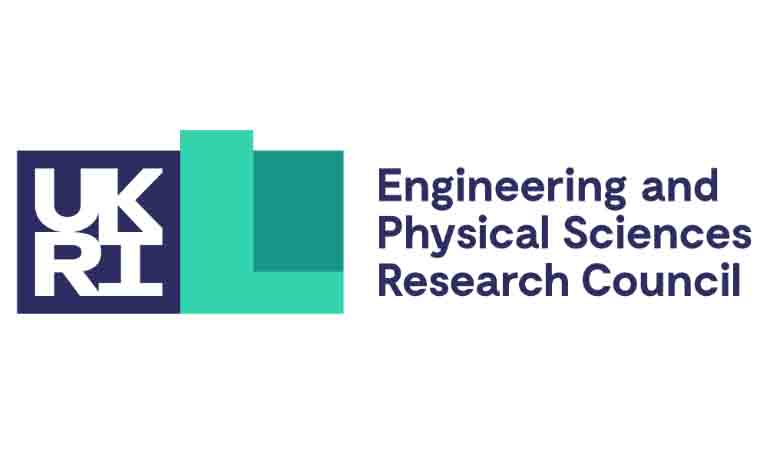
Modelling NOx Reduction by Selective Catalytic Reduction (SCR) appropriate for Light-Duty Vehicles under Steady State and Transient Conditions
Funder
Engineering and Physical Sciences Research Council
EP/F036175/1 Research Grant
Total value of project
£323,882
Project team
Professor S Benjamin, Dr C A Roberts
Partners
Jaguar Land Rover Ltd, United Kingdom; EMCON Technologies Germany (Augsburg) GmbH, Germany; Johnson Matthey, United Kingdom
Duration of project
01/09/2008 - 28/02/2012

Project overview
Diesel engines offer the prospect of reducing emissions of carbon dioxide as they are inherently more thermodynamically efficient than petrol engines. However diesels produce higher emissions of nitrogen oxides (NOx) the reduction of which is more challenging. Selective Catalytic Reduction (SCR) is an efficient technology for NOx reduction however its application to light-duty vehicles and passenger cars is challenging due to their operational characteristics.
This project was focused on development and validation of a mathematical model of an SCR system to facilitate the design of these light duty systems, and thus save development time and costs whilst also providing systems with reduced emissions and better fuel economy.
The project combined experimental work with modelling. The experiments involved measurements made in a modular SCR test exhaust on a Diesel engine rig. By varying inlet NOx concentration, flow velocity, and urea injector location, a set of comprehensive data was obtained for validation of the model. While most of the data published up to date was collected from laboratory reactor studies using synthetic exhausts at low space velocities, the experimental data set obtained during this project provided a unique insight into the mechanisms of urea droplet distribution and evaporation in application-relevant conditions.
A new approach for the urea spray modelling has been developed along with the porous medium approach to predict NOx conversion to compare with measurements. The model can predict urea droplet evaporation and conversion into ammonia and HCNO, and can be directly applied by the industrial partners.
Project objectives
The main aim of the project was the development and validation of an engineering design tool for modelling selective catalytic reduction (SCR) on a diesel after-treatment system under steady state and transient conditions.


